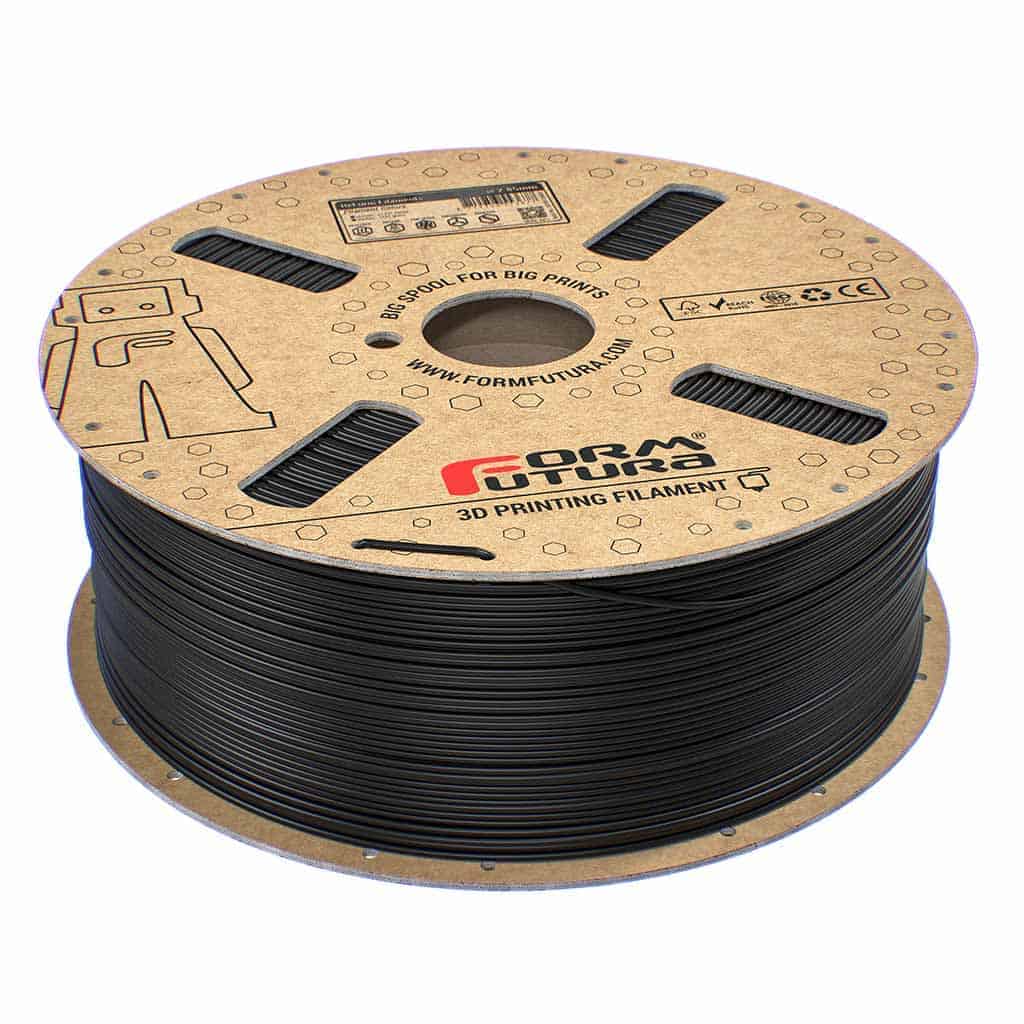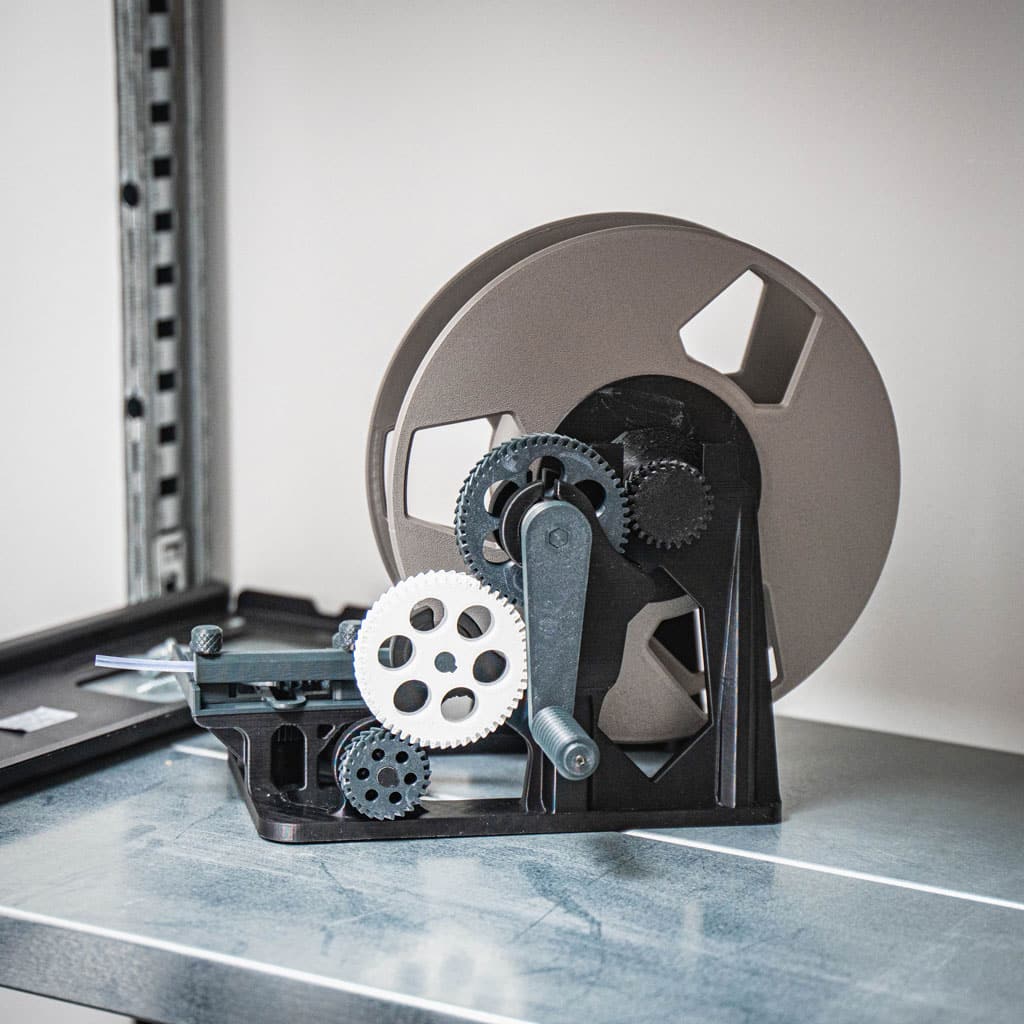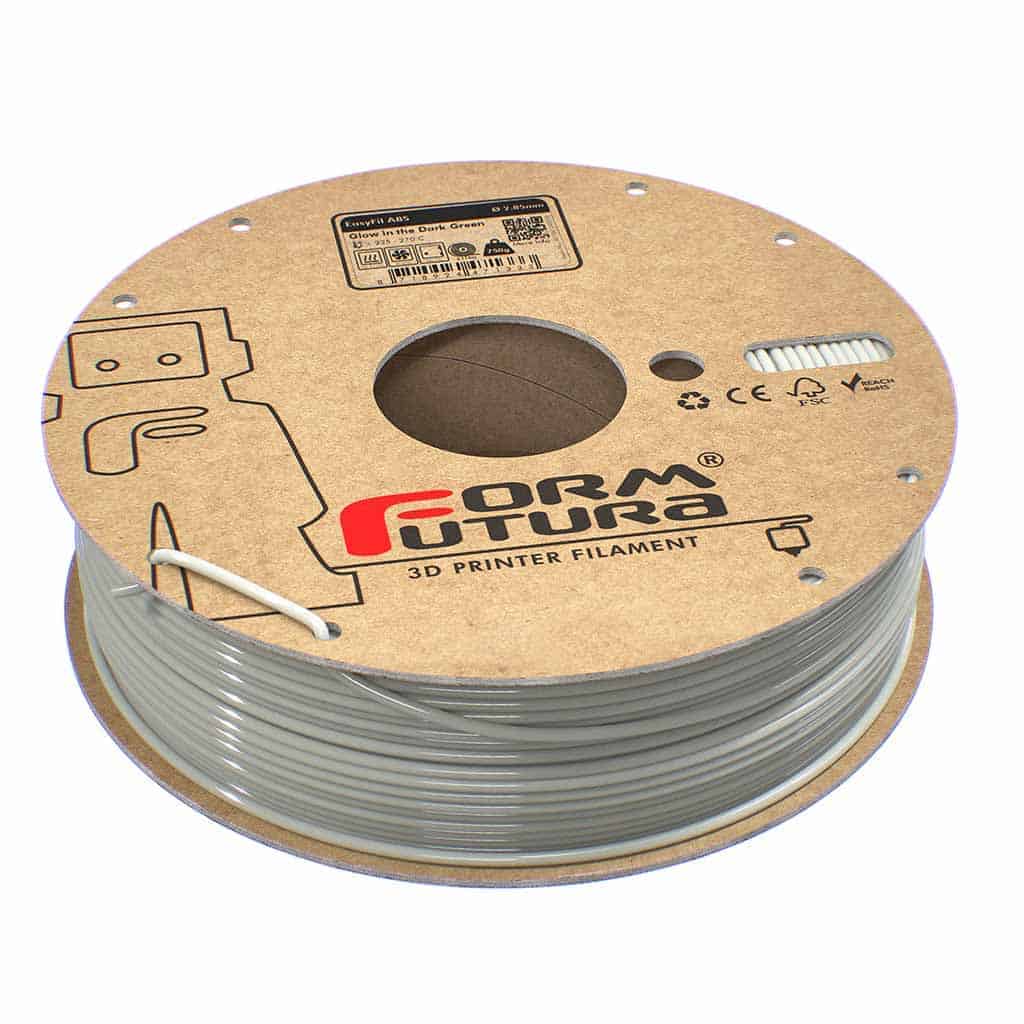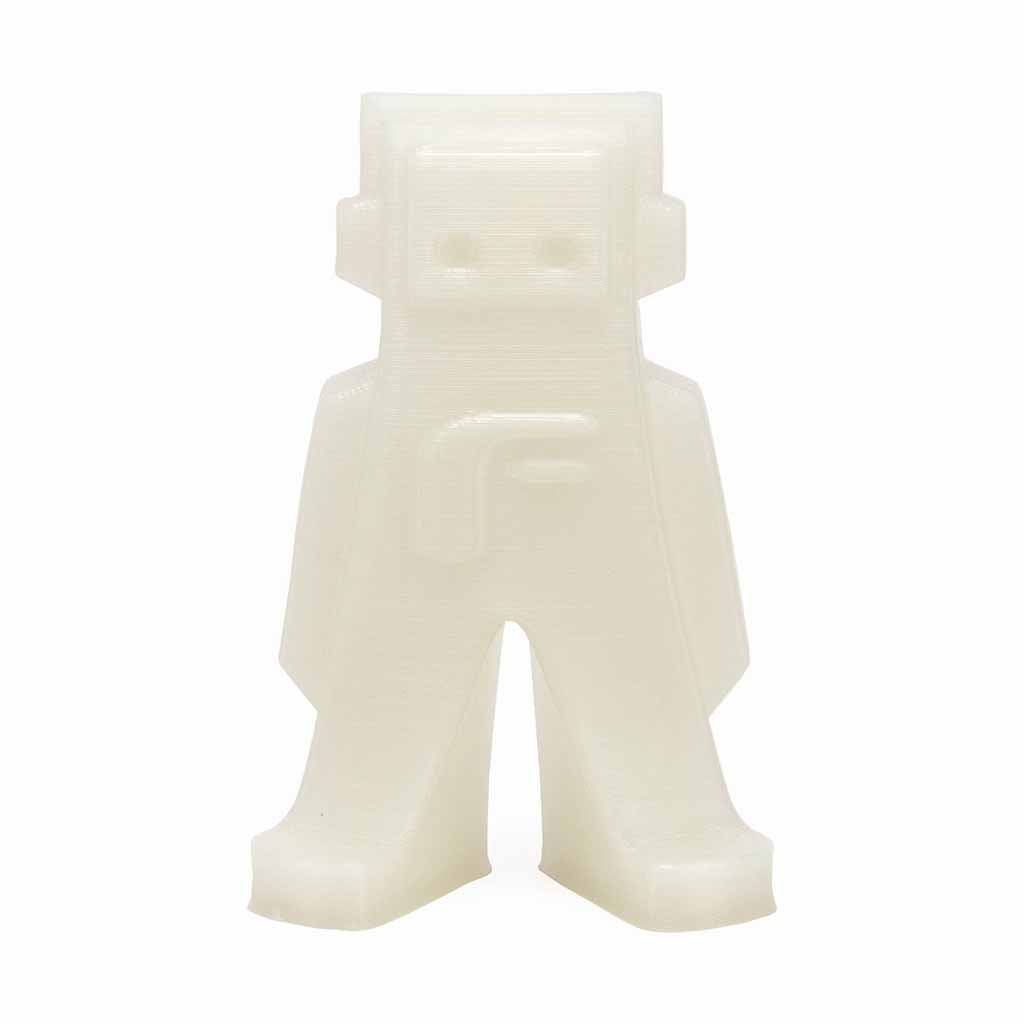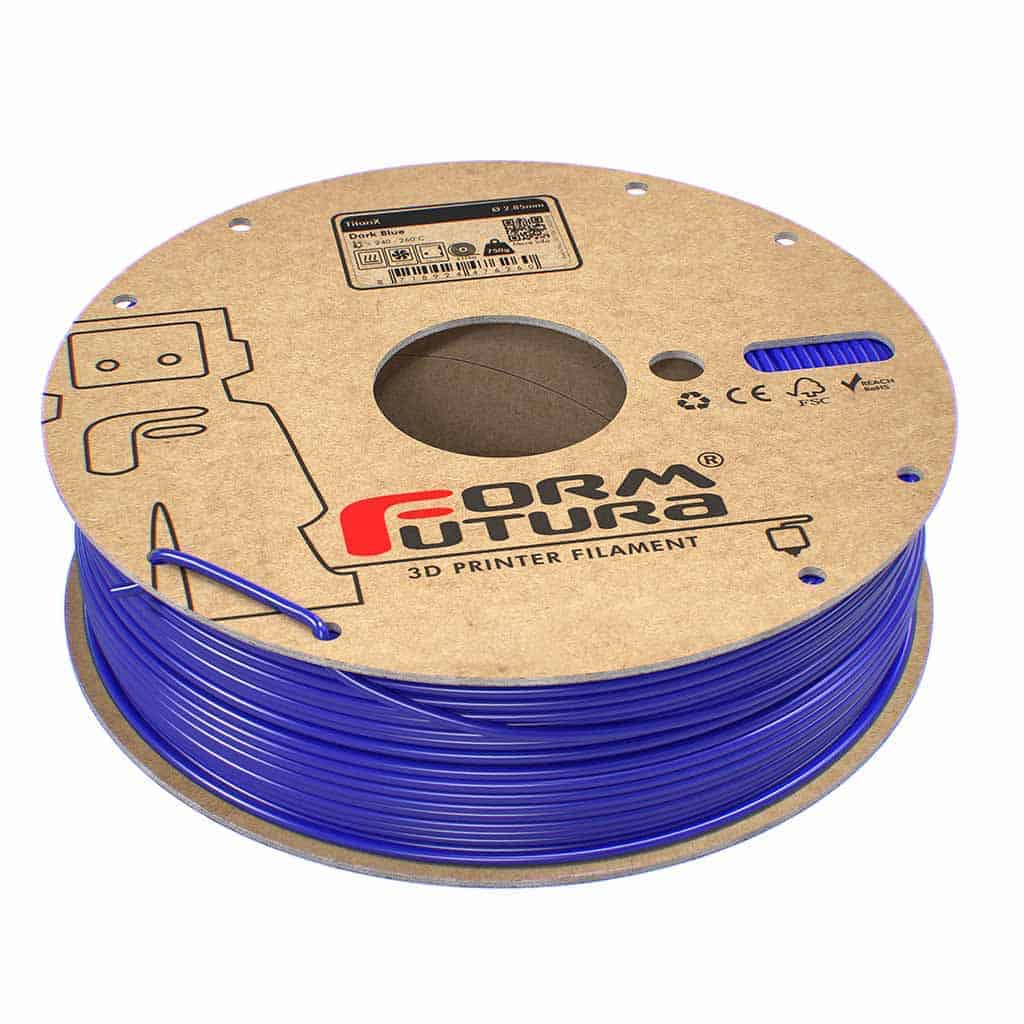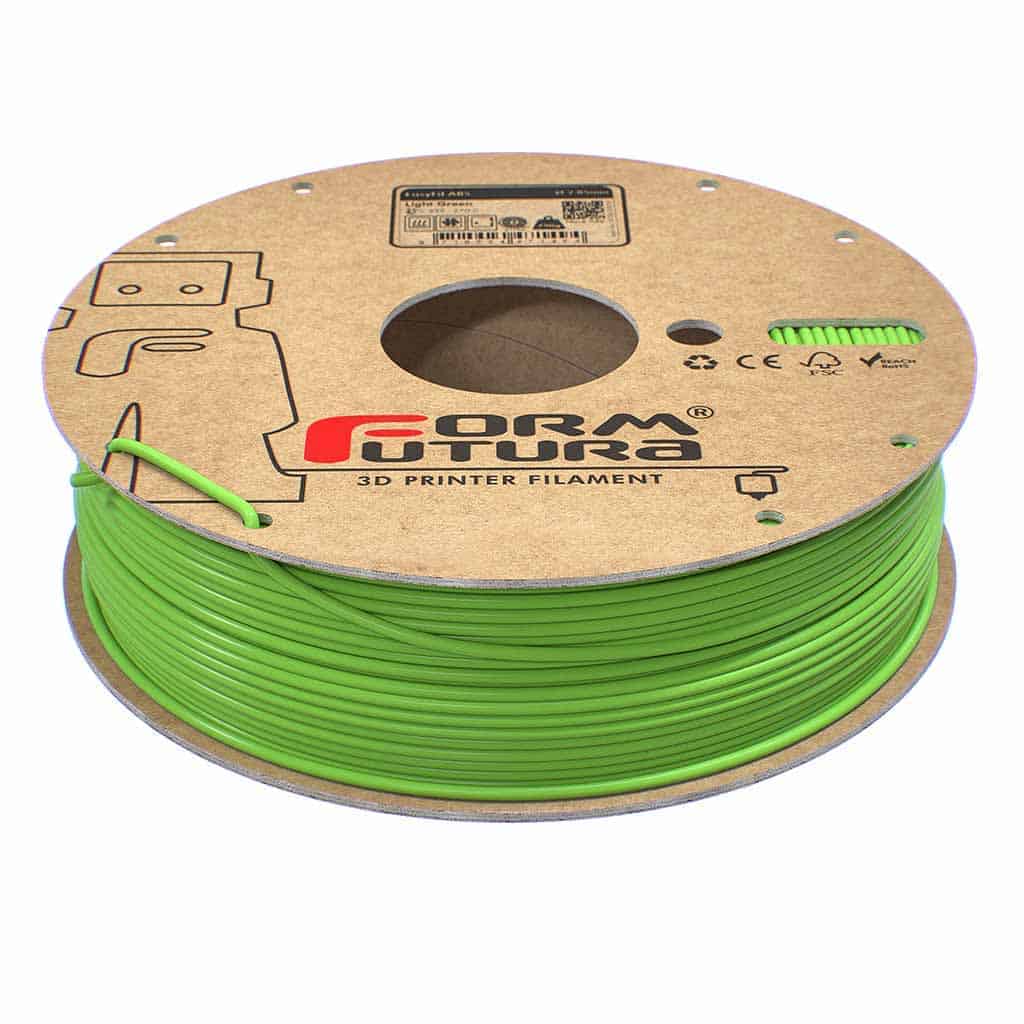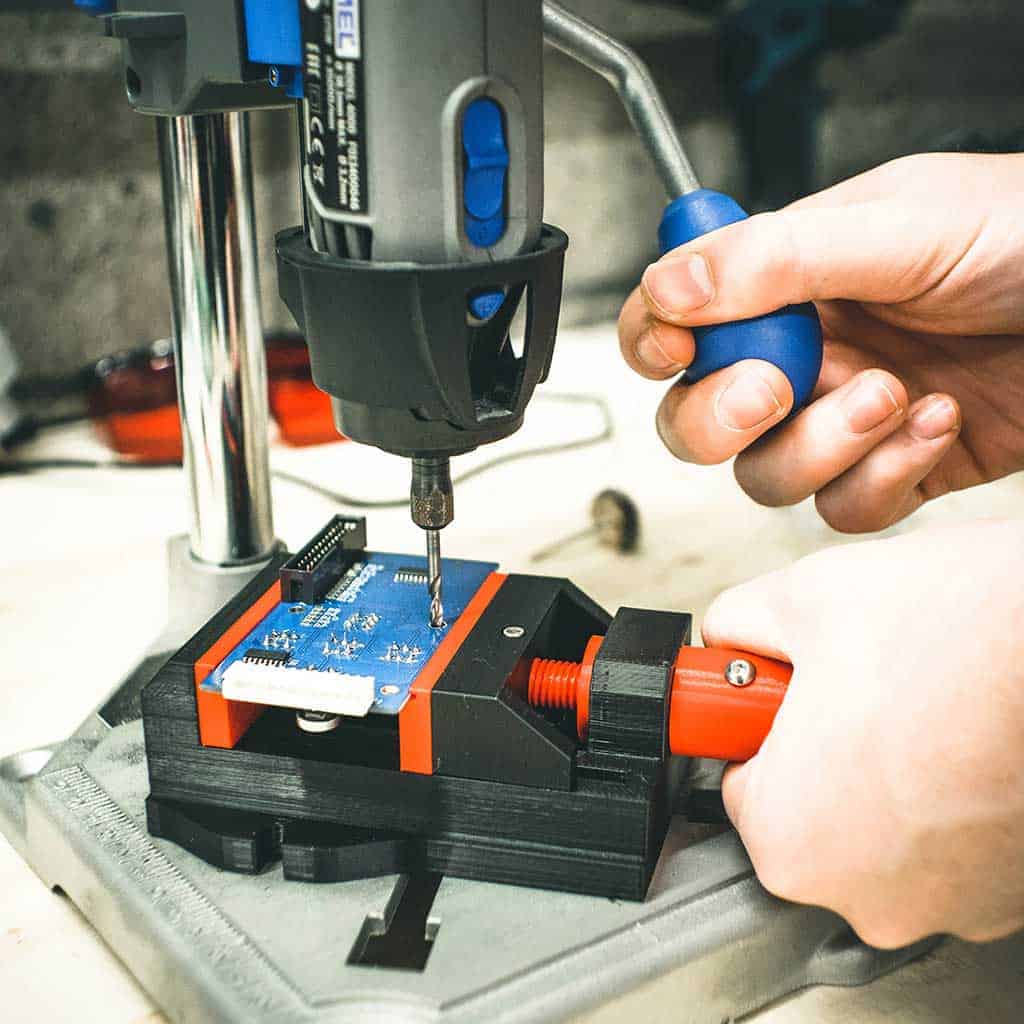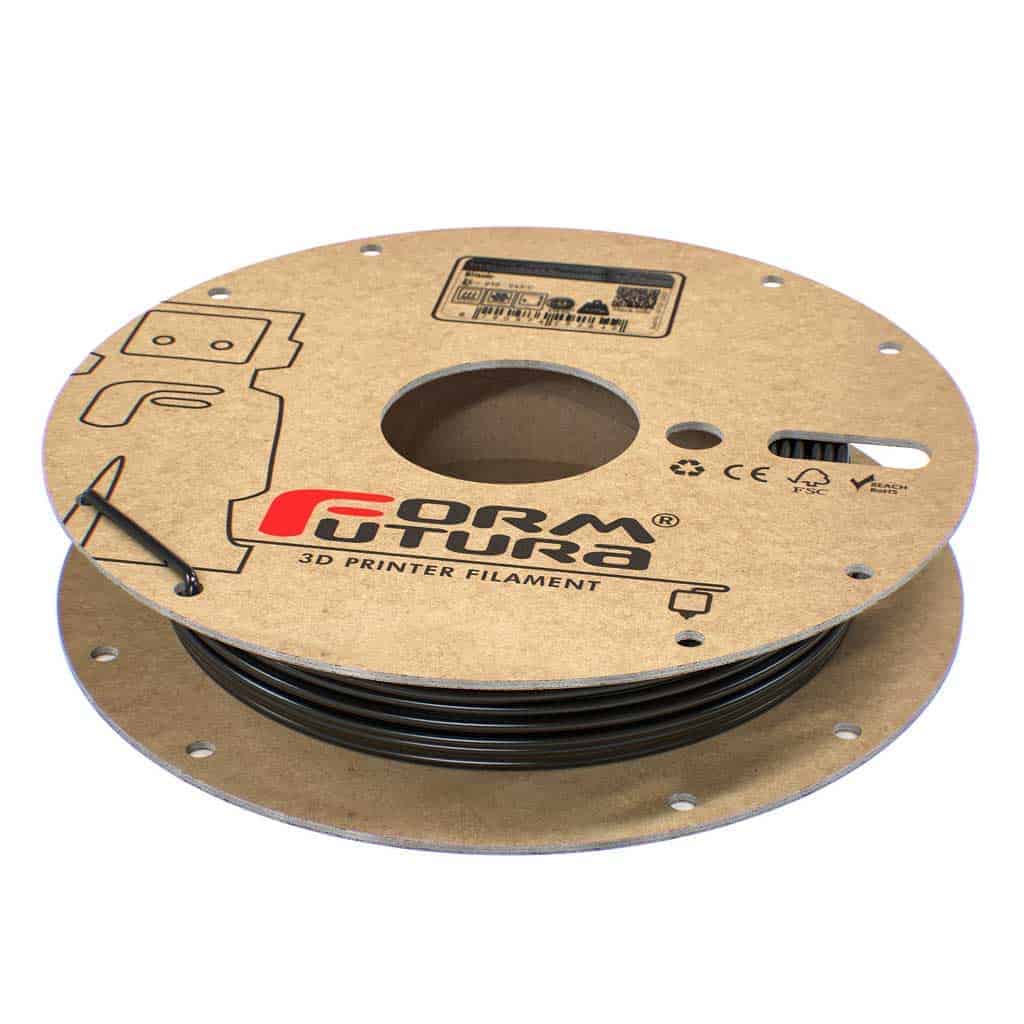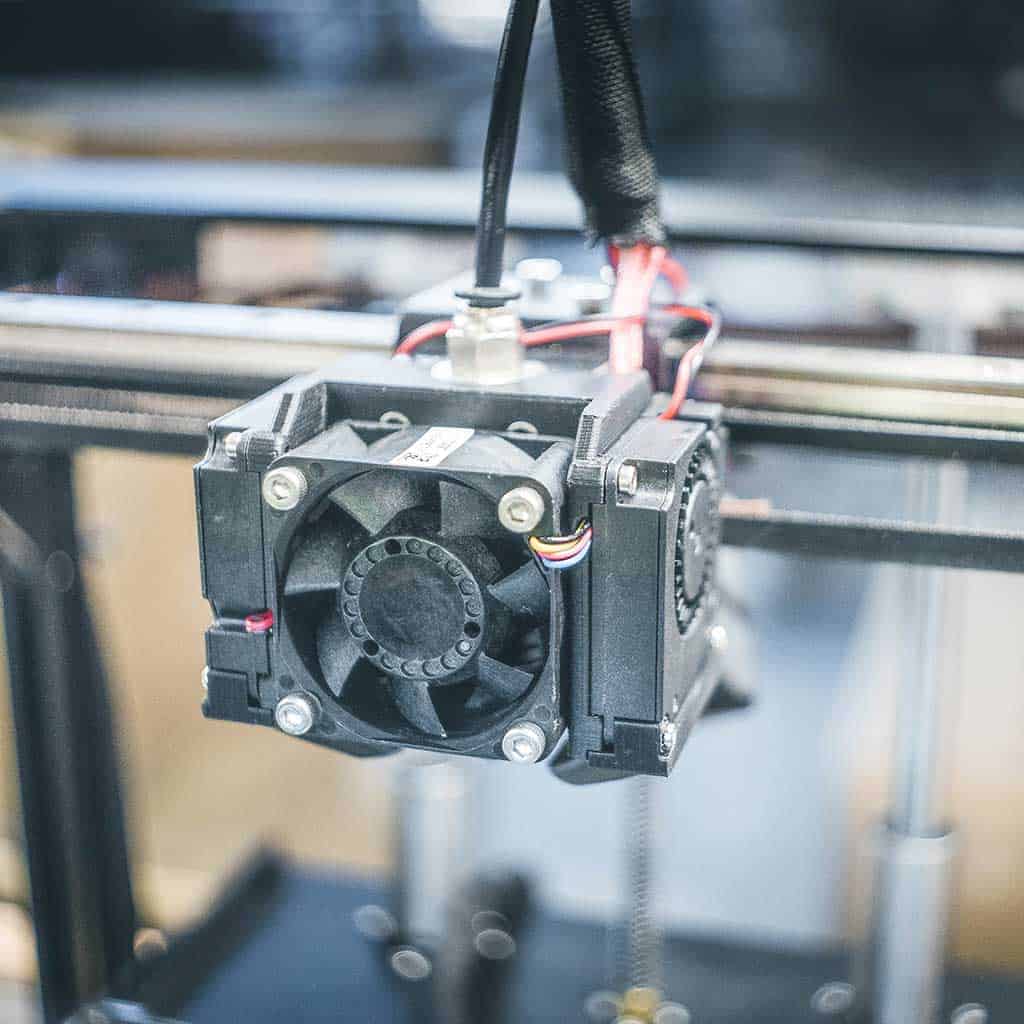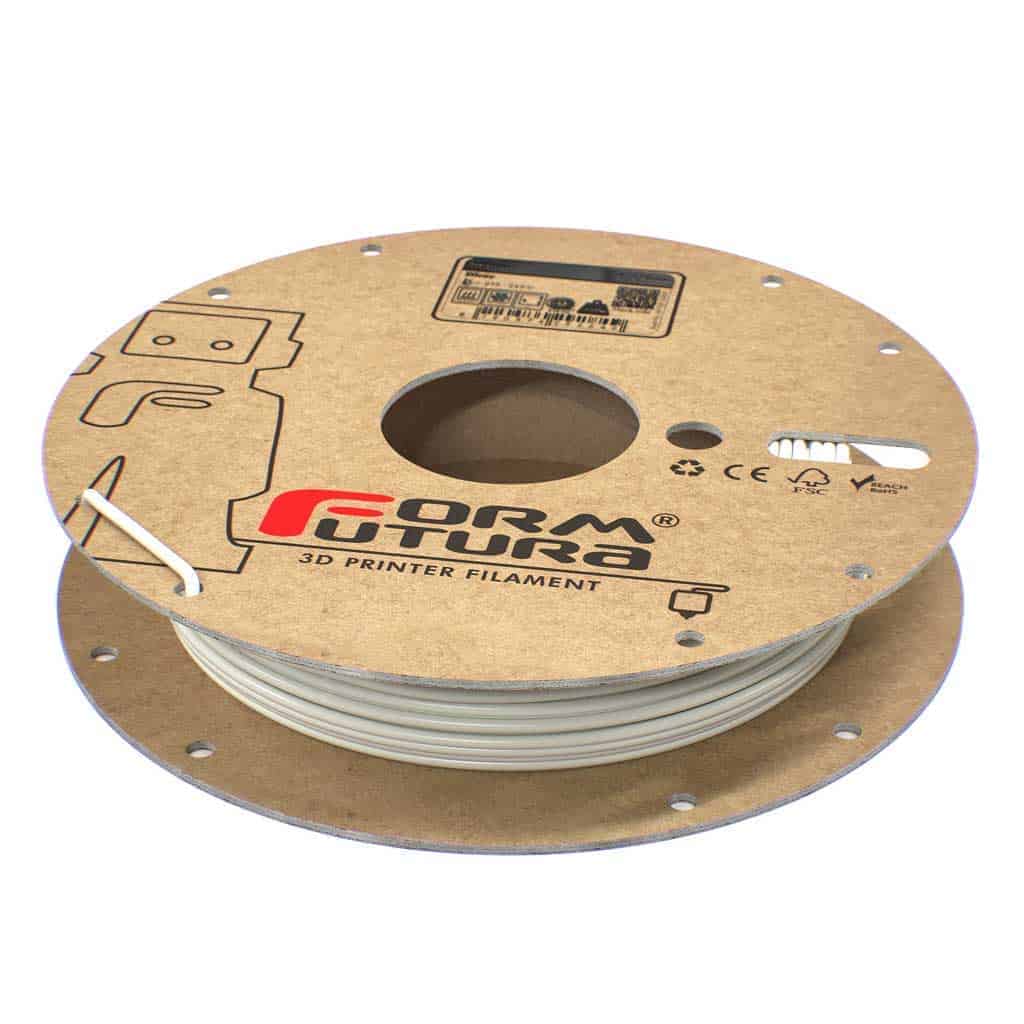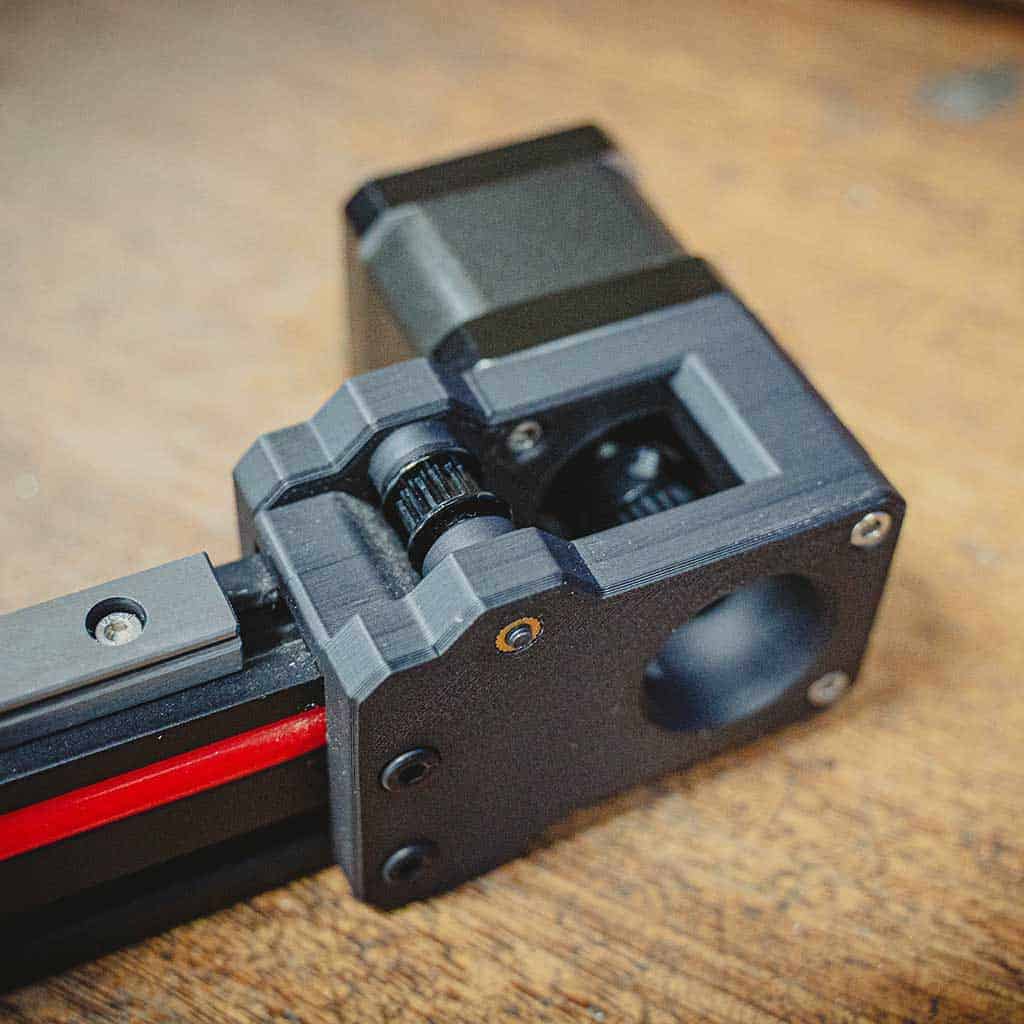ReForm – rTitan
EasyFil ABS – Glow in the Dark
TitanX
EasyFil ABS
ABSpro Flame Retardant
ABSpro
ABS Filament
The abbreviation ABS stands for 'acrylonitrile butadiene styrene'. ABS is an amorphous, thermoplastic elastomer and it is known for its impact resistance and toughness. Thanks to these properties and the accessibility of the material, ABS filament is the second most popular 3D printing material (after PLA).
While PLA filament excels at rapid prototyping and easy 3D printing, ABS filament is great at functional prototyping and creating functional parts. It also has a relatively high heat resistance, making it the ideal for manufacturing parts that will be used outdoors.
Because ABS is an oil-based product, it is not biodegradable. However, it can be recycled.
Here is a list of properties to summarize what ABS filament is all about:
- High impact resistance
- Toughness
- Heat resistance
- Lightweight, roughly 20% lighter than PLA
- Recyclable, not biodegradable
- Strong odor during 3D printing
- Suitable for post-processing
3D printing with ABS filament
Getting started with ABS filament might seem a bit daunting at first, but by using the following steps, you should be able to produce great prints immediately.
First off, make sure you have a 3D printer with a heated bed which can reach temperatures of up to at least 100°C. This is because warping one of the main challenges to overcome. The recommended heated bed temperature will vary depending on which ABS filament you decide to use, but this is a great place to start.
Secondly, disable your fan or at least slow it down significantly. Due to the temperature at which ABS filament needs to be extruded, it will shrink rapidly if actively cooled. This can cause dimensional inaccuries. Using an enclosure is optional, but it might be a solution if you do experience issues with shrinkage. Making use of an enclosure increases the ambient temperature, causing the extruded filament to cool down over a longer period.
Thirdly, be sure to check out the recommended slicing settings. Recommendations like nozzle temperature, retraction, and the use of an enclosure varies greatly between our different ABS filaments.
Last but not least, make sure the room has good ventilation, since extruding most ABS filaments will cause a chemical odor which you will probably experience as unpleasant.
Tips and tricks:
- You can set the nozzle to a slightly higher temperature for a more glossy look.
- The first layer is crucial, so we highly recommend using a compatible adhesive.
Applications
ABS isn't just great for functional prototyping. It has a bunch of different applications. From lego blocks to keyboard keycaps to countless household products, it is used in a lot of ways. Other existing applications include musical instruments, longboards, electric insulation, door handles.
Here are some great 3D printing applications for ABS:
- Functional prototyping
- End-use parts
- Moving parts
- Fit testing
- Engineering parts
- Short-run manufacturing
- Household appliances
- Electronic goods
- Frames and panels

